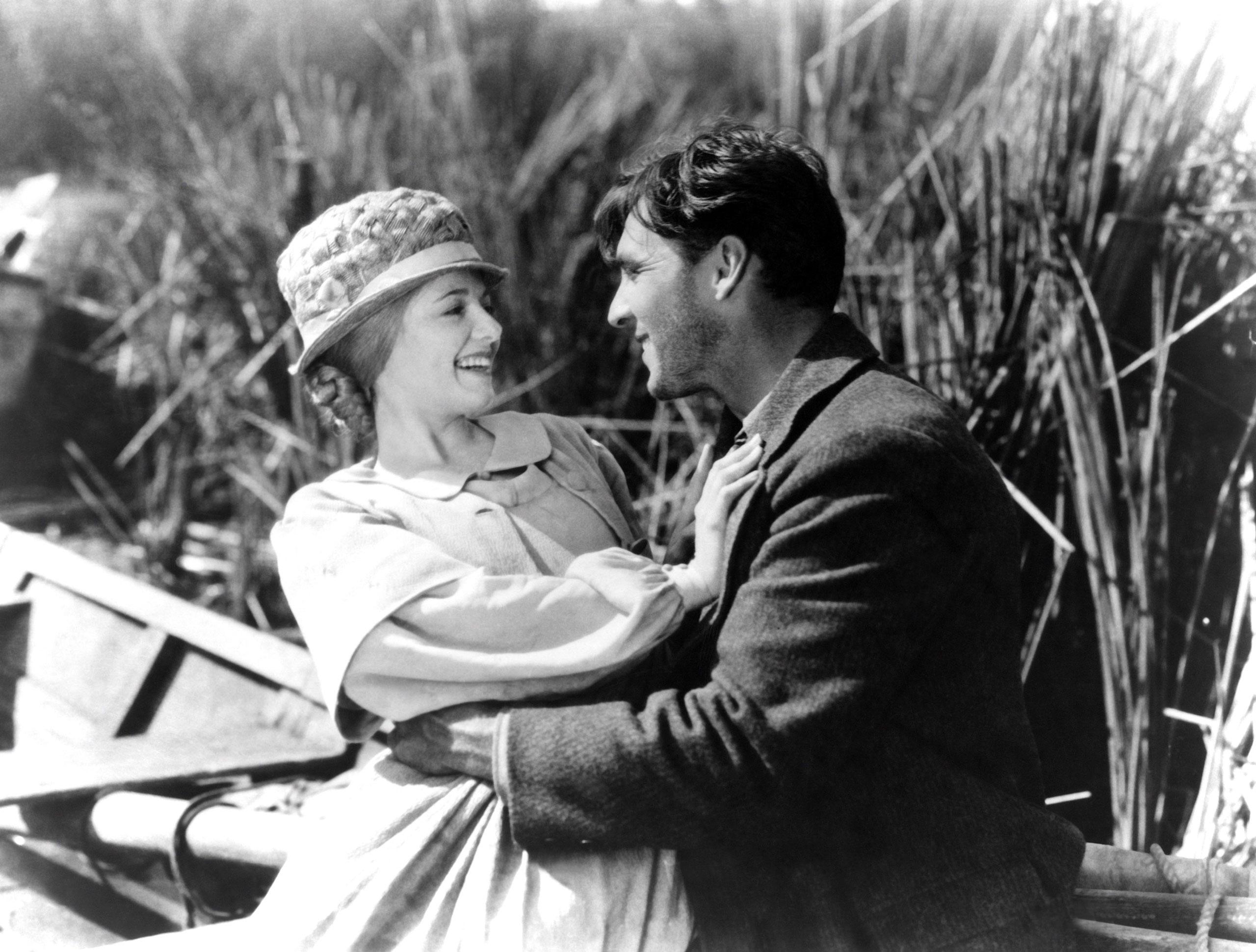The director of the gorgeously stylized 1922 horror film Nosferatu, F.W. Murnau was already considered a master of German Expressionism when he emigrated to Hollywood in 1926. The first film he made there, Sunrise: A Song of Two Humans, was also one of the first films to feature a synchronized score and sound effects, pointing the way to the future of talkies. But Sunrise seems to exist in a world without time. It’s a close to perfect story, universal in its painful, iridescent truth: That even when two people truly love each other, the human desire for novelty can exert a dangerous pull. George O’Brien is the character known only as the Man, a country farmer who was happy with his life until he fell under the sway of the Woman from the City (Margaret Livingston), a manipulative flapper. Janet Gaynor, in a performance of exquisite porcelain dignity, is the Wife, quietly distraught as she sees her husband drifting away from her. One day she gets a glimmer of hope—he’s invited her for a day in the city—and she puts on her best dress, not knowing his plan is a murderous one. Yet the story shifts again, illuminating the way people who have been together for a long time can rediscover one another, in this case bolstered by the energy and spirit of the city. Sunrise is both joyous and piercing, and gorgeously filmed: Murnau’s sense of invention was outshone only by his deep, radiant affection for his troubled characters. In the years following, silent pictures would be left behind forever, like a lost, shimmering shore. Sunrise is a final echo from that rapturous island, a reminder of all that can be said without uttering a word.
- The 100 Most Influential People of 2024
- Coco Gauff Is Playing for Herself Now
- Scenes From Pro-Palestinian Encampments Across U.S. Universities
- 6 Compliments That Land Every Time
- If You're Dating Right Now, You're Brave: Column
- The AI That Could Heal a Divided Internet
- Fallout Is a Brilliant Model for the Future of Video Game Adaptations
- Want Weekly Recs on What to Watch, Read, and More? Sign Up for Worth Your Time
